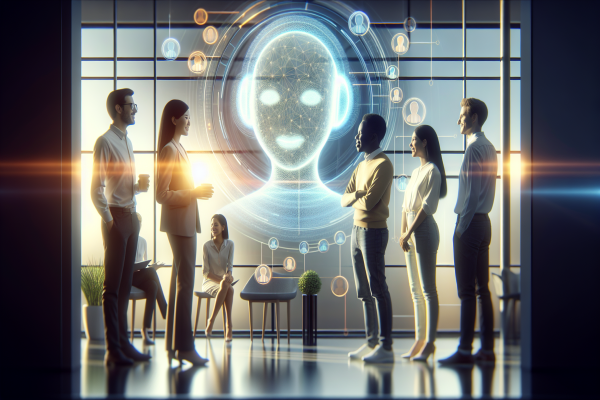
Voice AI Agents: Building Trust and Human Connection in Digital Interactions
When was the last time you felt truly understood by a digital assistant? If you're like most people, those moments of genuine connection with AI might be rare. But that's changing fast, as voice AI technology evolves from robotic exchanges to more empathetic conversations.
The Trust Gap in AI Interactions
According to a recent PwC study, while 67% of consumers use voice assistants, only 38% fully trust them with sensitive information. This trust gap presents both a challenge and an opportunity for businesses looking to implement voice AI solutions.
Understanding the Psychology of Voice AI Trust
Our brains are wired to respond to voices differently than text. Research from MIT Media Lab shows that humans can form emotional bonds with voice interfaces similar to human-to-human connections. This happens through:
- Voice tone and pitch recognition
- Natural conversation patterns
- Contextual understanding
Emotional Intelligence: The Game Changer
Modern voice AI agents are being developed with emotional intelligence (EQ) capabilities. Affectiva, a pioneer in emotion AI, demonstrated that voice AI with EQ can:
- Recognize emotional states with 82% accuracy
- Adapt responses based on user sentiment
- Provide more personalized interactions
Building Trust Through Thoughtful Design
Take Duolingo's owl mascot, Duo, for example. Its voice personality wasn't created by chance. The company carefully crafted a voice that:
- Aligns with their brand's encouraging personality
- Uses culturally appropriate expressions
- Maintains consistency across interactions
Industry Success Stories
Healthcare
Mayo Clinic's voice AI implementation has reduced patient anxiety levels by 23% during pre-procedure interactions. The AI assistant provides clear, calming information while maintaining a professional demeanor.
Financial Services
Capital One's voice authentication system has achieved a 99.9% security accuracy rate while making banking more accessible for customers with disabilities.
Measuring Trust and Success
Google Duplex's transparency metrics reveal interesting insights:
- 90% user satisfaction when AI identifies itself
- 85% completion rate for automated tasks
- 78% user trust score after multiple interactions
Ethics and Transparency in Voice AI
Following Microsoft's responsible AI principles, successful voice AI implementations should:
- Clearly identify themselves as AI
- Protect user privacy
- Maintain transparency in capabilities
- Provide human fallback options
The Road Ahead
According to Gartner's latest forecast, by 2025, 75% of organizations will be using AI-powered voice assistants for customer service. The focus will shift from mere functionality to creating meaningful connections.
Implementing Voice AI: Best Practices
- Start with a trust assessment of your current systems
- Develop clear implementation roadmaps
- Establish robust feedback mechanisms
- Regular monitoring and updates
Building trust in voice AI isn't just about technology – it's about creating meaningful human connections in our increasingly digital world. As we continue to advance, the focus should remain on developing voice AI that not only performs tasks but also understands and responds to human emotions effectively.

